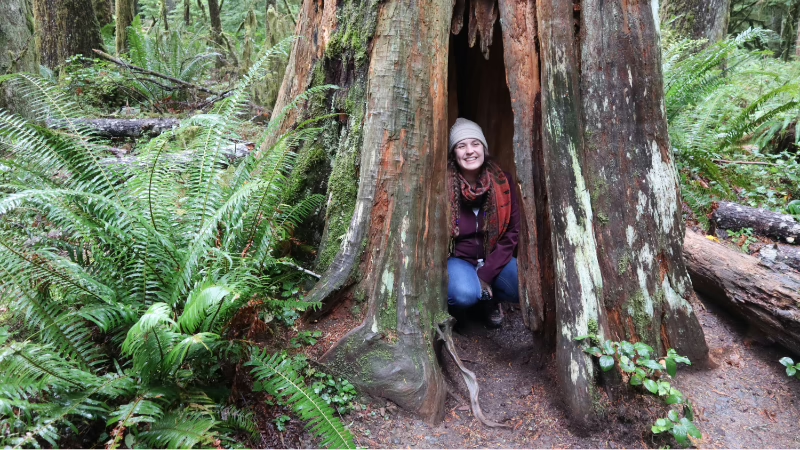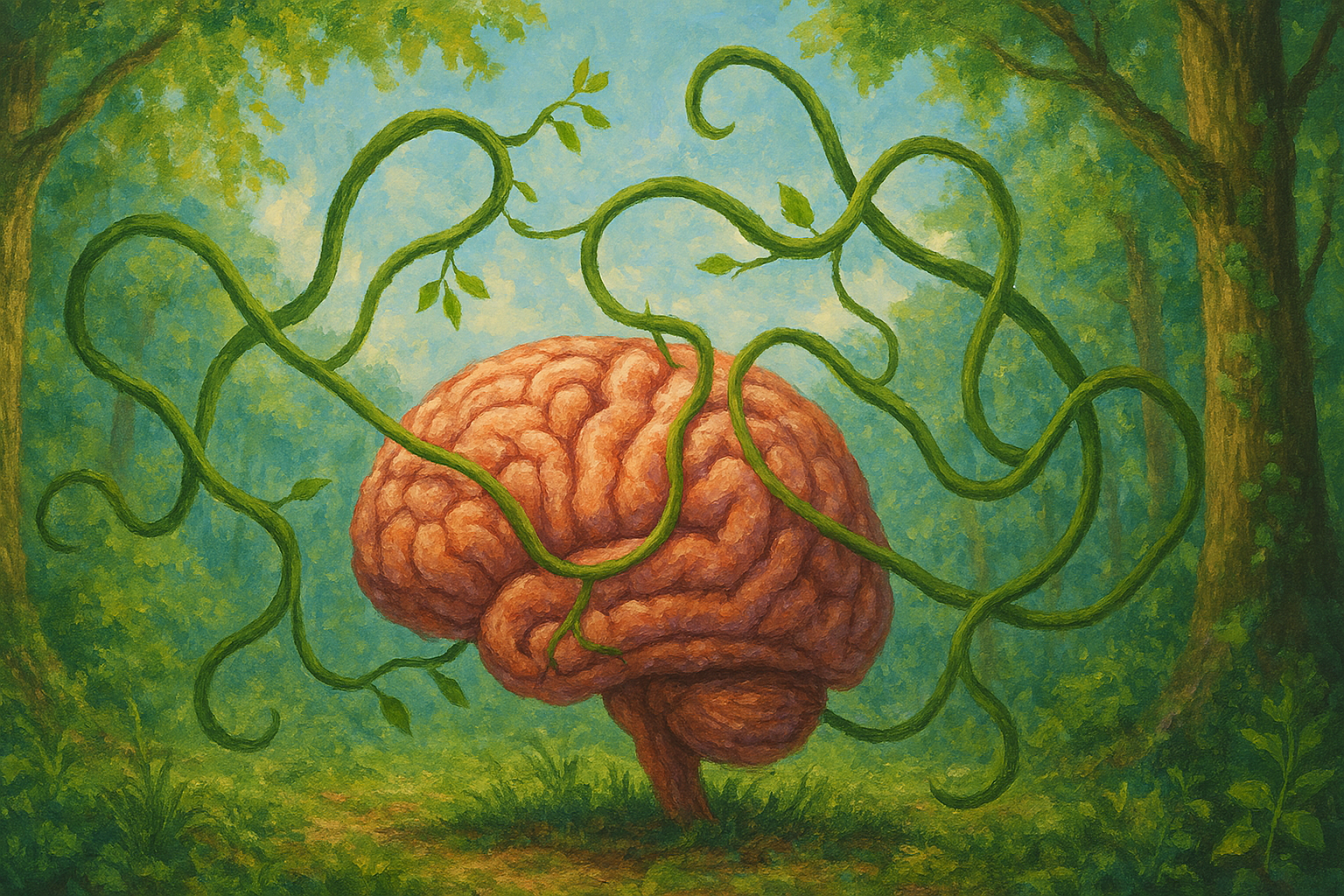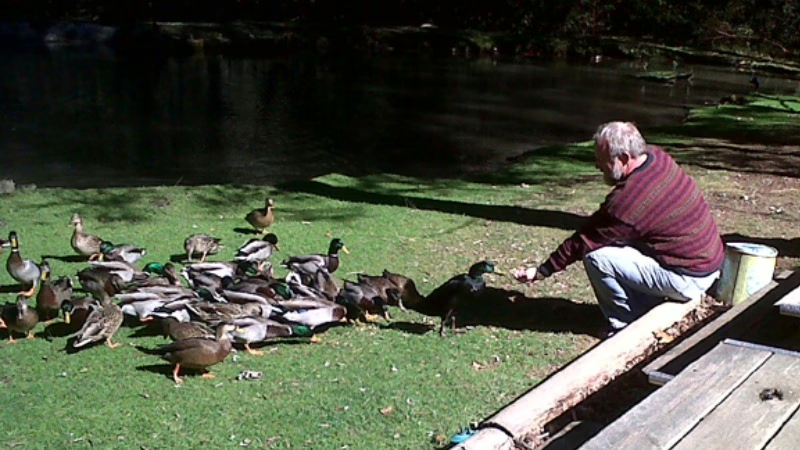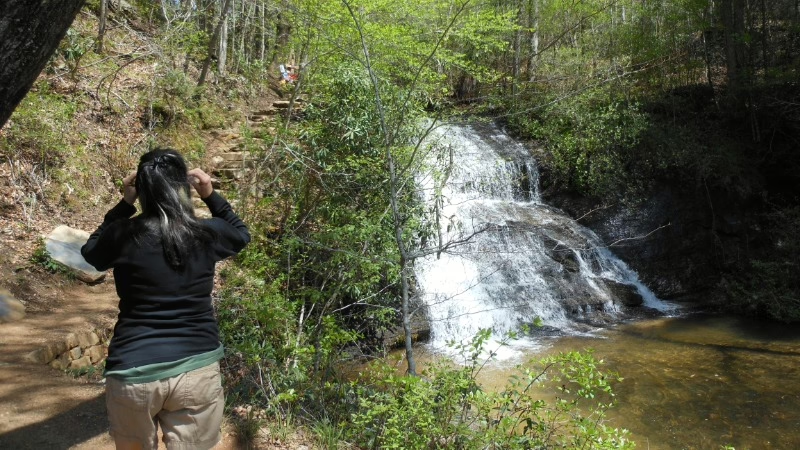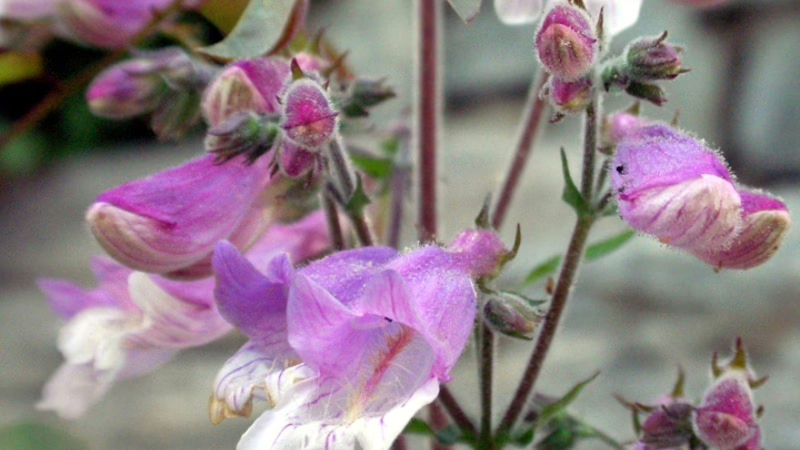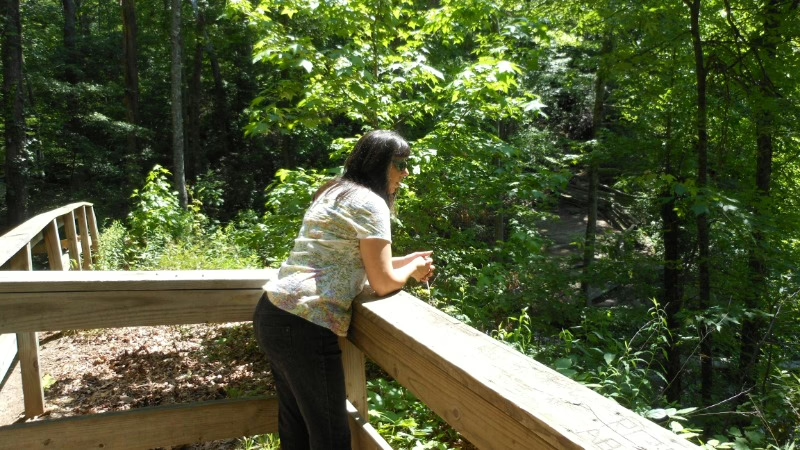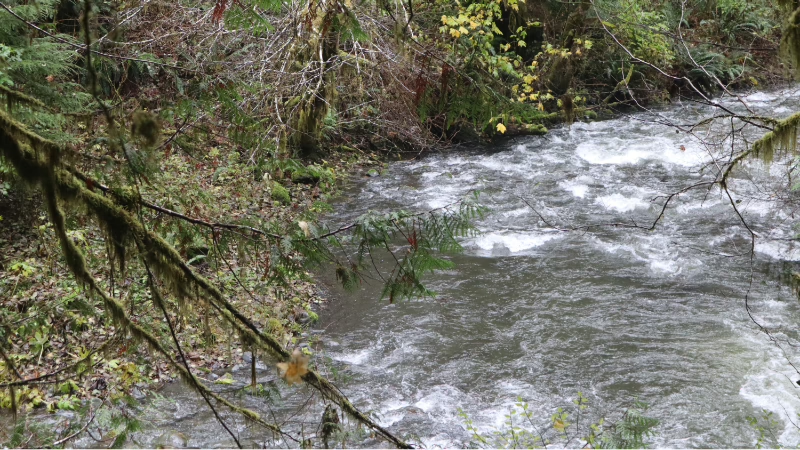
Table of Contents
At the Mindful Ecotherapy Center, we stand firmly in support of Transgender Day of Remembrance 2025. Observed annually on November 20, this day is dedicated to honoring the memory of transgender and gender-diverse individuals who have been killed as a result of anti-transgender violence. It is a day for reflection, mourning, and, importantly, for reaffirming our commitment to creating a world that is safer, more just, and affirming for all gender identities.
Why Transgender Day of Remembrance 2025 Matters
Transgender Day of Remembrance is a reminder of the systemic risks and discrimination faced by transgender people across the globe. According to advocacy organizations, the past year has seen record numbers of reported violent deaths of transgender individuals, particularly transgender women of color. By pausing to honor these lives, we ensure that society does not forget the human cost of prejudice, bias, and institutional neglect.
At the Mindful Ecotherapy Center, we view Transgender Day of Remembrance 2025 as an opportunity to reflect on the intersection of mental health, community care, and social justice. Many transgender individuals face not only physical danger but also psychological stress and marginalization. Mindfulness-based practices, ecotherapy, and relational community support can provide tools for resilience, healing, and empowerment. On this day, we offer spaces for reflection, guided meditations, and online resources for both transgender community members and allies to process grief and foster solidarity.
Standing Against Anti-Trans Government Propaganda and Hatred
Unfortunately, this day of remembrance also coincides with an increase in anti-trans rhetoric, legislation, and propaganda. Across several states and countries, policies and campaigns have sought to erase transgender existence, restrict healthcare access, limit public recognition of gender identity, and even prohibit discussion of transgender topics in schools. These measures are often framed as “protecting children” or “upholding values,” but in reality, they perpetuate harm, increase societal stigma, and contribute to physical and emotional danger for transgender individuals.
The Mindful Ecotherapy Center actively opposes such propaganda. We recognize that misinformation and targeted political campaigns against transgender people not only threaten lives but also undermine the ecological and relational principles we teach in our practice: connection, empathy, and respect for diversity. By fostering awareness and education on Transgender Day of Remembrance 2025, we counter harmful narratives and advocate for communities where every individual can thrive without fear of discrimination or violence.
Our Support in Action
On Transgender Day of Remembrance 2025, the Mindful Ecotherapy Center will:
- Provide online resources, readings, and exercises designed to support resilience, grief processing, and community solidarity.
- Share educational content to raise awareness about anti-trans policies, propaganda, and systemic discrimination.
- Encourage allyship by offering practical guidance on how to create safer, more inclusive spaces in families, workplaces, and community organizations.
Through these efforts, we aim not only to remember those lost but to actively cultivate a culture of protection, affirmation, and connection.
Why Observing Transgender Day of Remembrance 2025 is Crucial
Observing Transgender Day of Remembrance 2025 is essential for multiple reasons: it memorializes lives tragically lost to violence, amplifies awareness of ongoing threats faced by the transgender community, and reinforces the need for social accountability. It also aligns with our core mission of Mindful Ecotherapy: to promote healing, community cohesion, and ecological awareness in ways that honor all forms of diversity, including gender diversity.
By consciously engaging with this day, allies and community members can reflect on the systemic injustices that impact transgender people, consider their role in counteracting anti-trans propaganda, and commit to supporting the safety and dignity of transgender and gender-diverse individuals year-round.
We invite you to join us in honoring Transgender Day of Remembrance 2025, whether through personal reflection, participation in our programs, or advocacy in your own communities. Together, we can create a world that acknowledges the humanity, resilience, and intrinsic worth of transgender people everywhere.
Share Your Thoughts!
What do you think? Share your thoughts in the comments below! And don’t forget to subscribe to our newsletter!

